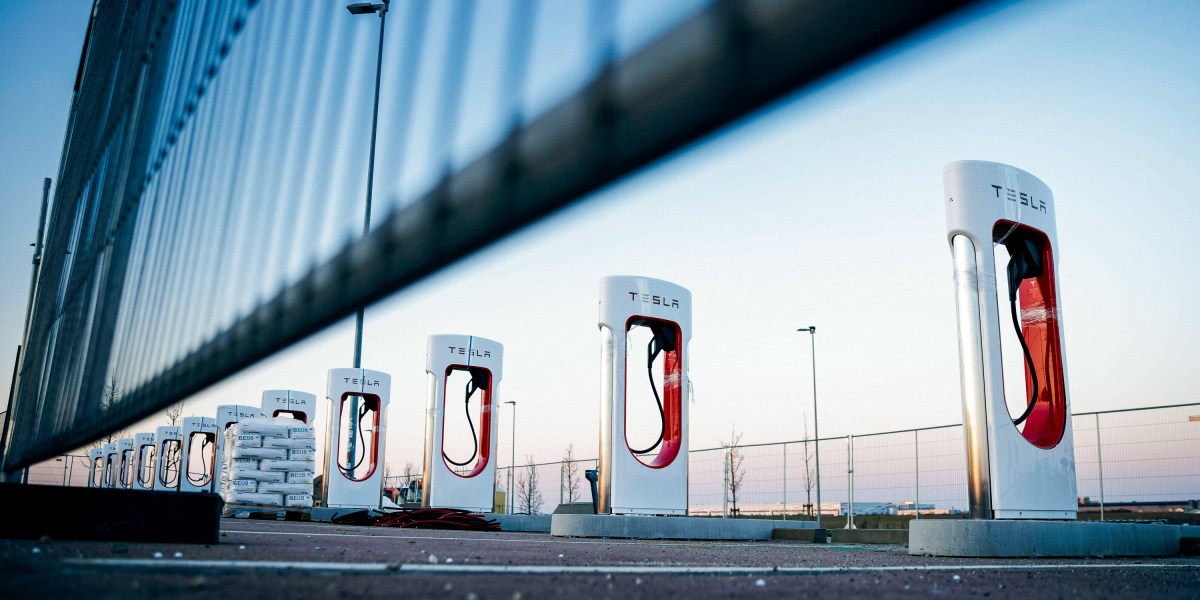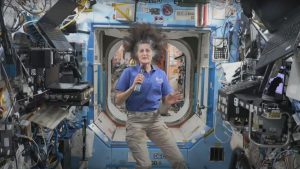Why EV charging needs more than Tesla

Cutting emissions and remaking our economy will require buckling down to deploy and maintain solutions that we already know work, whether that’s in transportation or any other sector. For EV charging, and for climate technology as a whole, we need more than Tesla. Here’s hoping we can get it.
Related reading
Perhaps the single biggest remaining barrier to EV adoption is a lack of charging infrastructure, as I wrote in a newsletter last year.
We need way more chargers to support the number of new EVs that are expected to hit the roads this decade. I dug into how many for a news story last year.
New battery technology could help EV batteries charge even faster. Learn what could be coming next in this story from August.
Another thing
Meat is a major climate problem. Whether solutions come in the form of plant-based alternatives or products grown in the lab, we shouldn’t expect them to solve every problem under the sun, argues my colleague James Temple, in a new essay published this week. Give it a read!
Keeping up with climate
Alternative jet fuels have a corn problem. The crop can be used to make fuels that qualify for tax credits in the US, but critics are skeptical about just how helpful they’ll be in efforts to cut emissions. (MIT Technology Review)
This startup is making fuel from carbon dioxide. Infinium’s Texas facility came online in late 2023, and its synthetic fuels could help clean up aviation and trucking—but only if the price is right. (Bloomberg)
New York City pizza shops are going electric. A citywide ordinance just went into effect that requires wood- and coal-burning ovens to cut their pollution, and many are turning to electric ovens instead of undertaking the costly upgrade. (New York Times)







